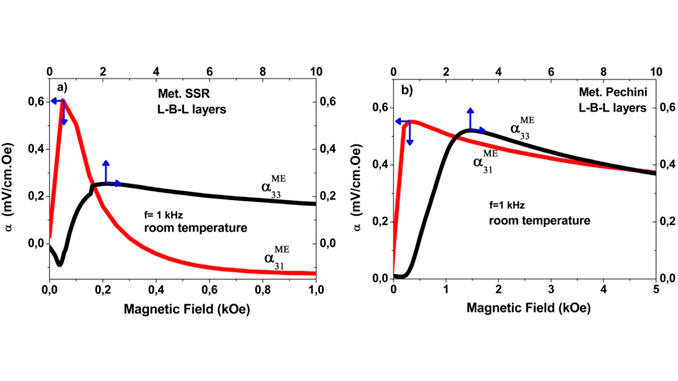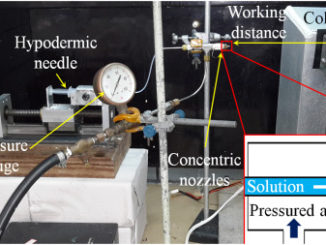
Writers: J.L. Clabel H. and F.A. Ferri and F.L. Zabotto and V.A.G. Rivera and I.C. Nogueira and D. Garcia and O.F. de Lima and E.R. Leite and M.A. Pereira-da-Silva and C.A. Cardoso
Keywords: Dielectric properties; Magnetic properties; Laminated composite; coupling
Abstract: We report on specific features of the dielectric and magnetic properties as well as magnetoelectric coupling coefficients (αME) of the La0.7Ba0.3MnO3 (L)-BaTiO3 (B) 2–2 type ceramic composite. The powder of L and B was synthesized by two different methods (solid state reaction and Pechini). Orthorhombic and tetragonal phases were observed for the separated phases L and B of the composite, respectively, for both synthesis methods. The characteristics of grain size and interfacial interdiffusion in the L–B–L composite obtained for different synthesis method were studied, showing that diffusion was a typically physical migration, which can be mainly controlled by the grain size. Anomalies in the observed dielectric behavior are attributed to the internal residual stresses and chemically inhomogeneous regions. The existence of a broad magnetic transition observed in the pure L phase and laminated L–B–L composite was also attributed to its small grain size. A comparison of the maximum transversal ![]() and longitudinal
and longitudinal ![]() ME coupling coefficients, at room temperature, is also shown.
ME coupling coefficients, at room temperature, is also shown.




